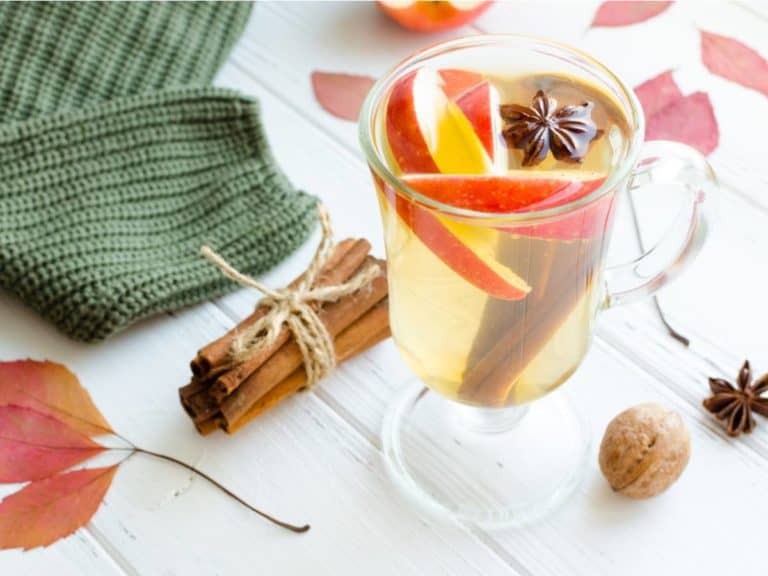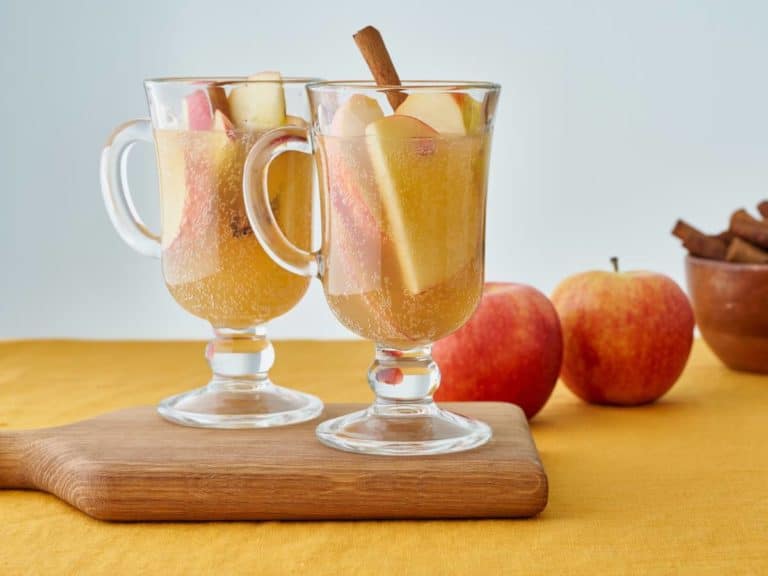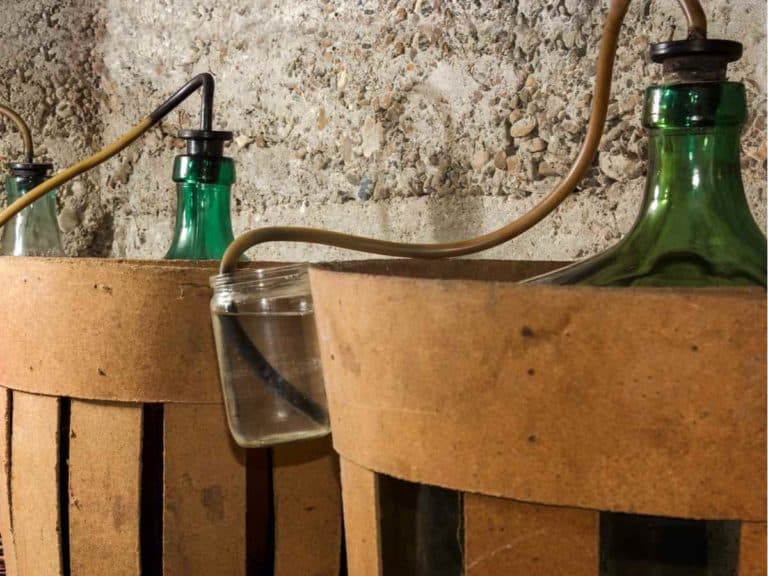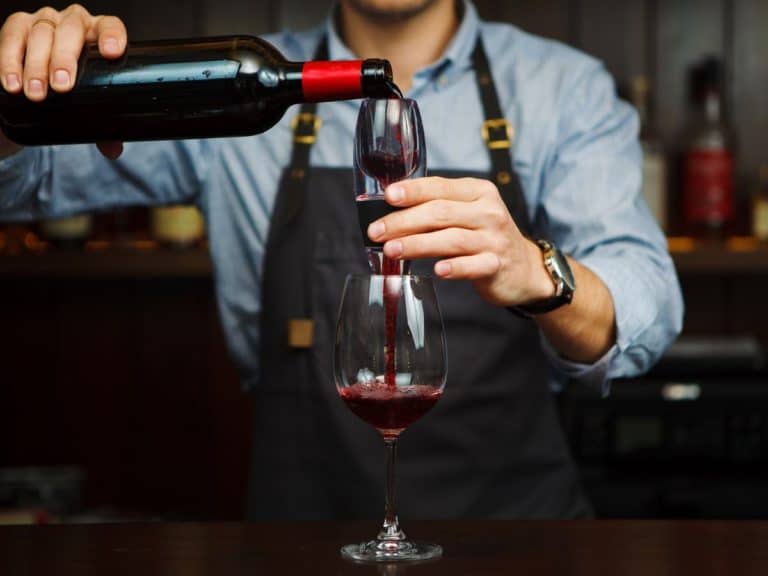How Does Blush Wine Get Its Color
Everything from the refreshing taste to the beautiful pink color makes blush wine one of the most popular drinks on the planet. It is regularly featured on social media and makes appearances in every other backyard party.
So if you haven’t gotten on the blush wine train, you need to do so immediately. We’re answering some of the most commonly asked questions about this wine today, starting with the most prudent: how does blush wine get its color?

How Does Blush Wine Get Its Color
Put simply, this bush-colored wine gets its color from the grape skin.
Blush wine is made by crushing grapes and extracting their juice. This juice is clear. However, grape skin is colored, and this gives the juice and later, the wine, its color.
One of the most important steps in the winemaking process is maceration. The juice extracted from the grapes is left in contact with grape skins, stalks, and seeds. This optimizes the wine’s flavor, color, and tannin structure.
At this point, the skin’s color bleeds into the juice and gives it its color.
Once the juice gets the color the winemakers are looking for, they remove the skins and ferment the juice to produce wine.
Winemakers change the specifics of this process according to what they think is best, which changes the color of the juice. Consequently, blush wine comes in different shades of pink.
Now that we’ve answered the most important question, let’s move on to other frequently asked questions.
You know that blush is a type of wine and it gets its color from grape skin, but what is it really? What makes it different from rosés, what does it taste like, and how do you pair it?
Blush Vs. Rosé
A lot of people mistake blush wine for rosé because they have similar colors. However, they are a little difficult. Anyone who knows anything about wine can tell the two apart quite easily.
The first and most important difference between the two wines is their production process. Both rosé and blush wines can be made from clear juice – the process we highlighted above. However, blush wines can also be made by blending white and red wines.
This means that all rosé wines can be considered blush wines but all blush wines aren’t rosé wines.
The second difference between the two types is their audience. Blush wines are mass produced whereas rosé wines are treated as a luxury product.
The former is created and sold in large batches while the latter comes in smaller batches, which makes it more exclusive.
Related Article: Blush vs. Rose Wines Breakdown
Main Characteristics Of Blush Wines
All pink wines including the blush variety have a lot in common with white wines. They share a lot of their features but have a bit more body because they’re more fresh. As such, blush wines are typically thought of as summertime wines.
Darker blush wines that get more color from grape skin are like red wines in terms of complexity and structure. Moreover, old world wines have more alcohol than new world wines and are less sweet.
Depending on the color and whether they’re old school or new school, blush wines’ flavor changes.
There is a huge disparity in quality of blush wines because there are so many producers. If you get a cheap blush wine, it’s highly likely that you’ll get a bland and tasteless product. However, if you get a good quality blush wine, you’ll get a light, floral, and fruity drink.
Generally, these wines are not as strong as red wines. So the common grocery store red wine will always be stronger than their blush wine. The same applies to higher quality producers.
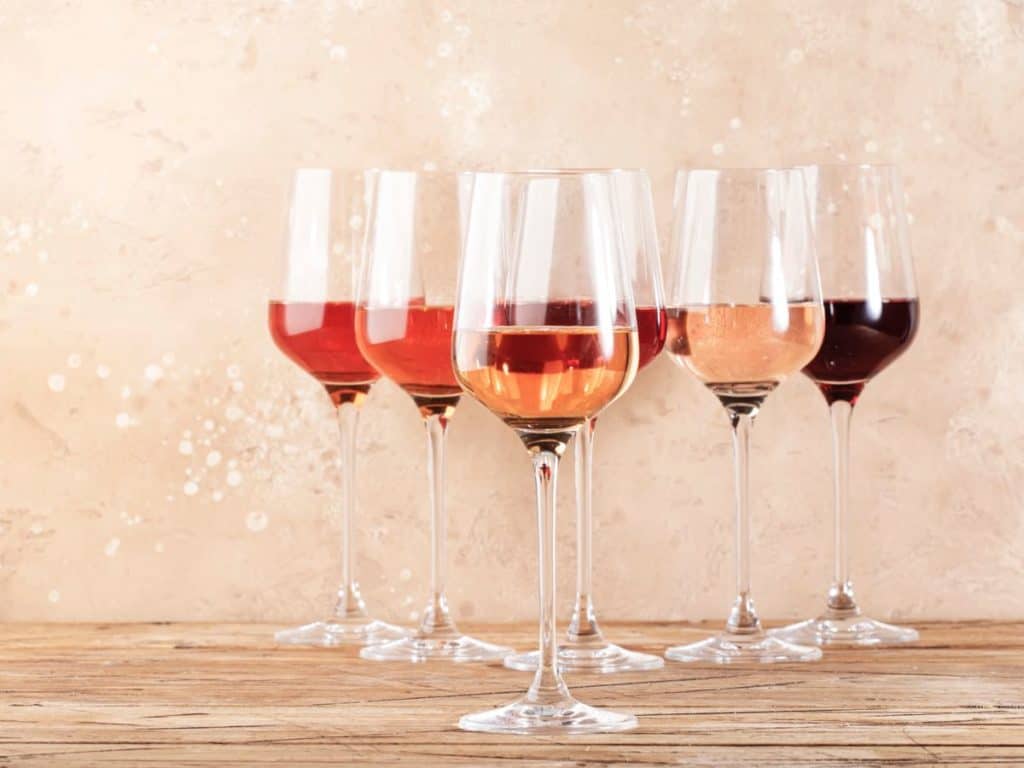
Pairing Blush Wine
Since blush wine is considered a light wine, it can be paired with a lot of different kinds of foods. You’ll see it being served with several different food varieties in restaurants.
Just some of its food pairings include:
- Goat cheese
- Barbecue
- Italian food that’s served with red sauces
- Salmon
- Lobster
How Is Rosé Produced?
Rosé is produced the same way you make blush wine. You start with the grapes. A large portion of the blend in a typical rosé comes from Grenache grapes. The other portion typically comes from one of the following:
- Cabernet Sauvignon
- Carignan
- Tibouren
- Mourvèdre
- Cinsault
- Syrah
Juice is extracted from the grapes and maceration starts. Then the juice is fermented and wine is produced.
Pairing A Rosé
Rosé is a great wine to pair with food. It is known for its al fresco-friendly sipping style and that’s what you’ll see most people doing with it. Much like blush wine, rosé pairs well with several types of food as well.
So if you have a bottle of this wine, you can pair it with everything from spicy food to salads and sushi. It goes great with rich sauces and barbecued meats alike.
Chances are, if you went to a high quality wine shop, there were several different types of rosé wine available. There are some specific pairings that are highly recommended by the world’s finest chefs.
Light-dry rosés made with cinsault from the Loire Valley, Burgundy, or Provenance go really well with seafood, grilled fish, and rice dishes. You can also serve them with pasta and salads.
Medium-dry rosés pair excellently with light and fruity desserts. So if you have a bottle of pinot noir, you could serve it with chocolate covered strawberries.
Medium bodied rosés help make bold flavors pop so you should pair them with grilled chicken or lamb. On the other hand, fruity rosés from Chile or Australia go well with seared salmon and tuna.
Sparkling rosés should be served at parties with fruit tarts while rosé champagne drinks work well with grilled lobster or lamb chops.
Knowing how to pair a bottle of wine is a crucial part of putting together a meal. Sparkling rosé simply wouldn’t work with game birds. They should obviously be served with rosé champagne drinks.
Related Article: Fruits That Pair Best With Rosé Wines
Conclusion
So now you know how blush wine gets its color and a bunch of other information about it.
Blush wines have a huge global fan base who simply adore the drink. The wine’s easy to drink, can be paired with almost any dish, has a delicate and camera-friendly color, and tastes amazing. So it’s understandable why the wine is super popular.
However, people sometimes confuse this wine with rosé. In their defense, the two wines are quite similar. This does not mean they are the same and can be served interchangeably. Blush wines can be a blend of red and white wine while this can not happen with rosés.
